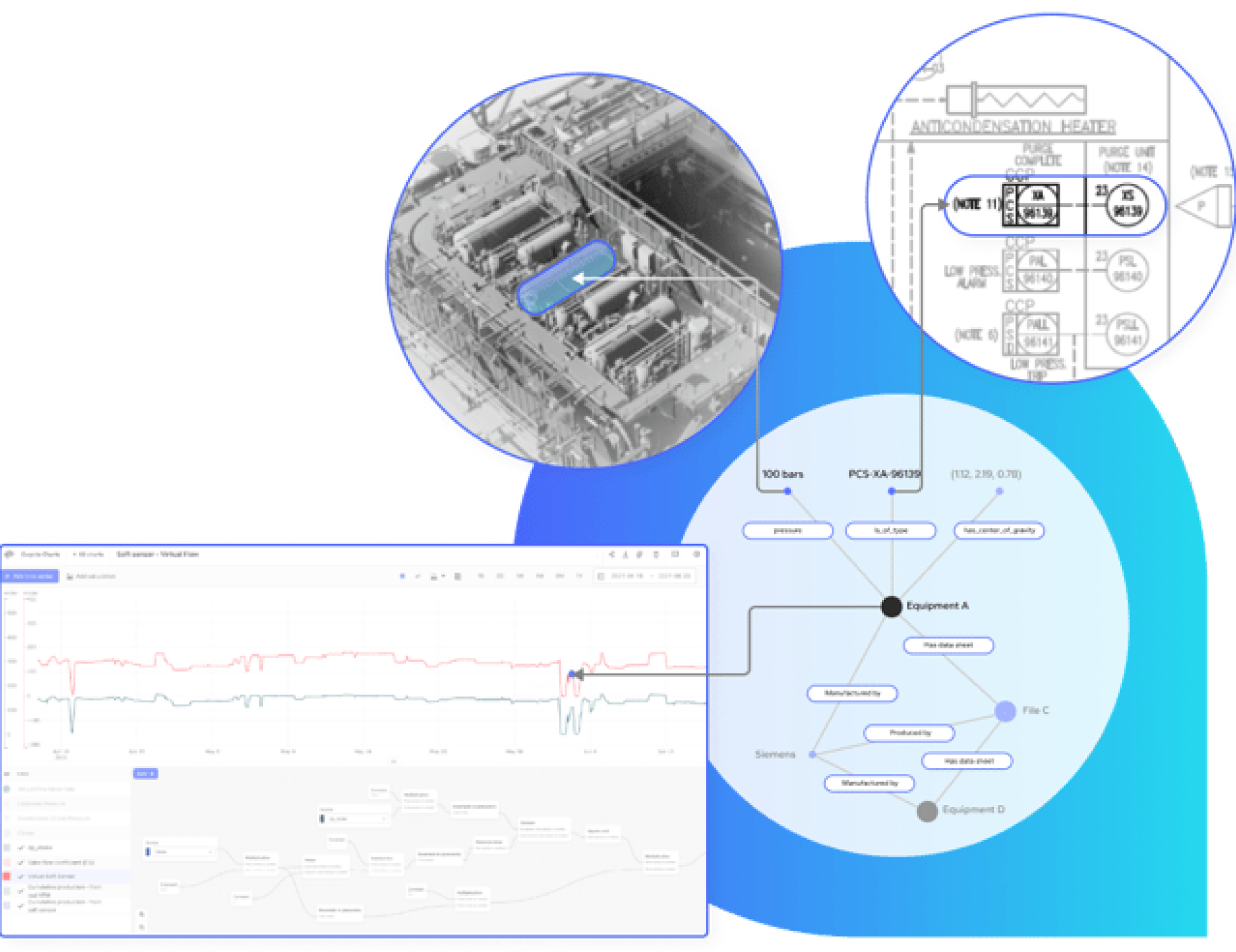
Project System Dynamics
Key components of Project System Dynamics include:

System structure: The arrangement of components and their relationships, such as stocks, flows, and feedback loops, that determine system behavior.
Causal loop diagrams: Visual representations of the cause-and-effect relationships within a system, highlighting feedback loops and how they drive system behavior.


Stock and flow diagrams: Graphical representations of system components (stocks) and the connections between them (flows) to provide a quantitative understanding of system behavior.
Dynamic modeling: The use of mathematical models to simulate system behavior over time, allowing for the analysis of different scenarios, policy interventions,
and decision-making strategies.


Sensitivity analysis: A technique used to assess the impact of changes in input parameters on the overall system behavior, helping stakeholders understand which factors have the most significant effect on the desired outcome.
Scenario planning: The process of developing and analyzing multiple possible future states, allowing stakeholders to explore the consequences of different decisions and interventions.






